A musical community that includes coders, composers, scientists, and shamans is working on creating music using plants. They rely on devices and applications to convert a plant’s biological processes into sound. Plant music is played in healing centers, public parks, concert halls, and private homes. It can join in with piano duets, claim the center stage at art installations, and even accompany vocals. PlantWave is one such device that makes it possible.
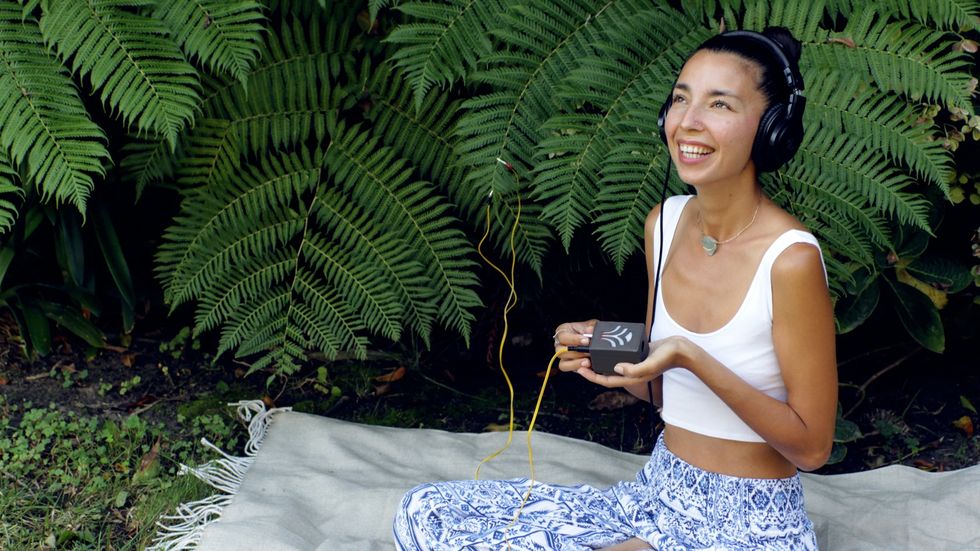
Jon Shapiro, CTO of the biodata sonification company Data Garden, said, ‘Plants and music must be two of the most universally popular things.’ Data Garden is the firm behind the MIDI Sprout that was the first device to explore the union of music and plants. It has taken it a step further with its Kickstarter-funded PlantWave. PlantWave is a palm-sized device that features a single cord that converts into two sensors that are attached to the plant.
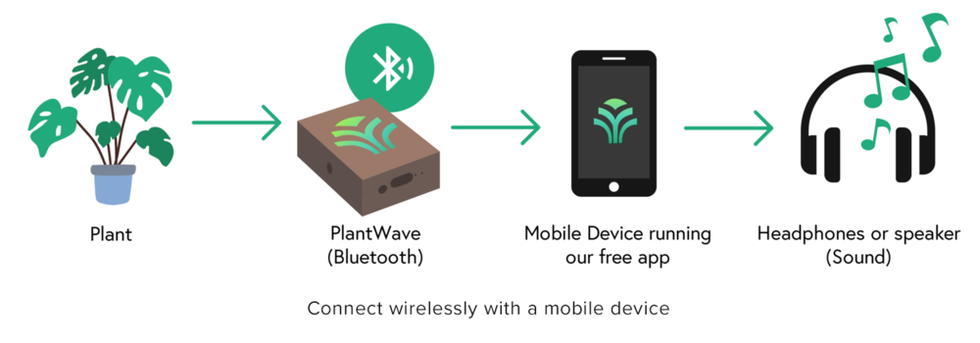
These sensors have electrode probes that can determine variations in electrical conductivity that takes place between two plant points. Different biological processes can generate variations, and these variations are affected by touch, sounds, light patterns, and even when other living beings become a part of the plant’s environment. These sensors send the signal to a timer that measures the pulse created by these variations. The device generates a MIDI note when the pulses cross a predetermined threshold value.
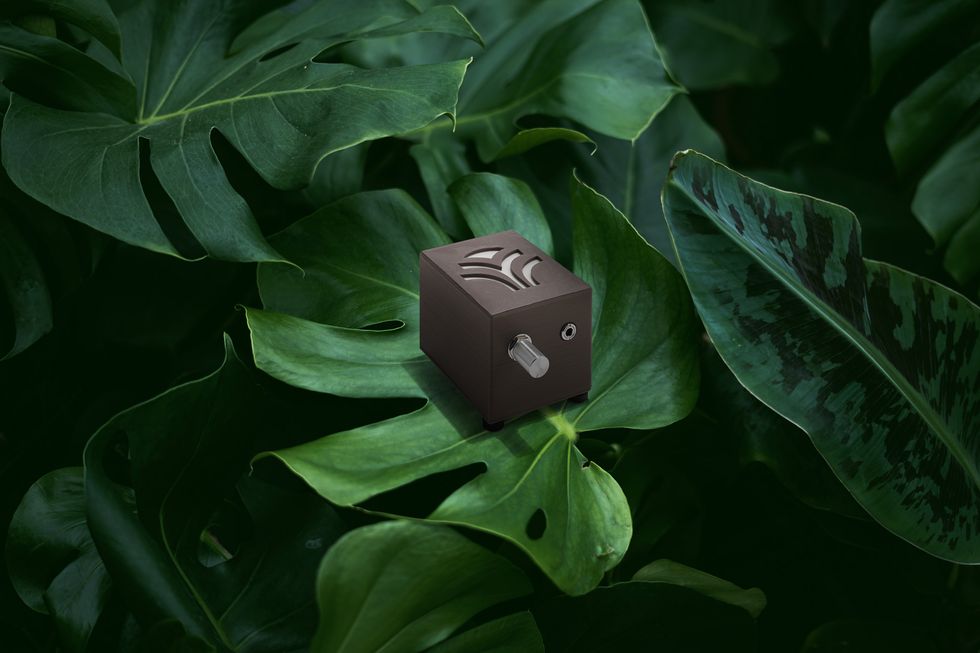
For PlantWave, the parameters were finalized by electronic musician and sound engineer Joe Patitucci. Patitucci says, ‘I was super into Brian Eno and generative music and things like cellular automata: simple rules expressed over time [that] create complex phenomena.’ Patitucci has used the digital advancements to his knowledge and has scaled all of the incoming data to a set key and assigned then notes. That’s not all, though; he has also assigned instruments to various data sets while determining how much of an instrument will be played. He says, however, ‘Any idea that the note compares to the rhythm of the plant doesn’t add up, because it’s going off a human clock, which isn’t analogous to the plant’s process.’
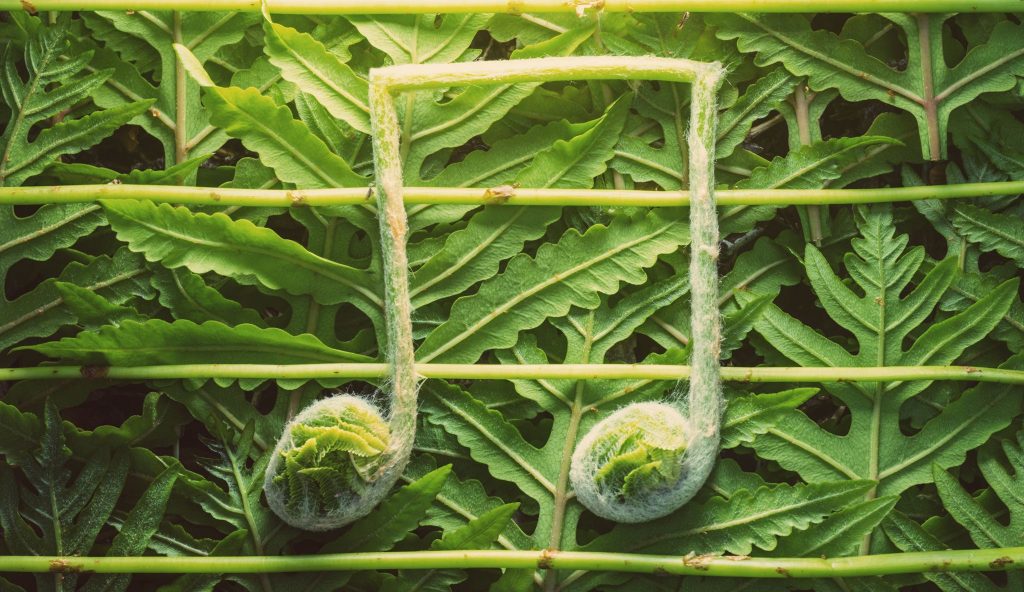
Bob Ezrin has been producing hit albums for quite some time. He was asked to compose music for a gallery that was opening using MIDI Sprout by visual artist T.M. Glass. Ezrin says, ‘I decided not to use the app. I wanted to see what the raw output was without filters. I took the output of the box and went into my own synthesizer, put up a generic ‘Bob sound,’ and just watched. Listened and watched to see what was coming out of the various plants.’
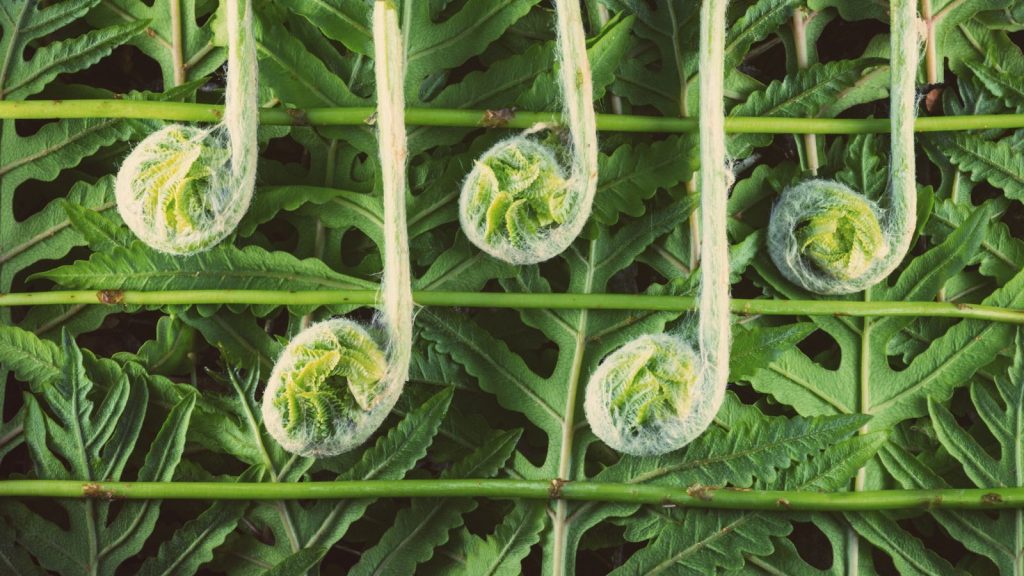
His two observations, in his own words, are, ‘Their first day patterns were very random. If you want to anthropomorphize the plant, they were maybe kind of panicky. By the second day, the patterns were regular and similar between plants. That was pretty remarkable. We didn’t change the position of the plants from day one to day two. We kept them in exactly the same place. We left the gear on.’
Ezrin further says, ‘It’s a physical demonstration of the connection of all living things. Plants] are not just decorations that the earth happens to be smattered with. These are living creatures, and they respond to us, and we respond to them quite clearly. We have to understand that there’s a reason for that and in understanding that we have to be conscious that this is essential to our health and wellbeing. And the health and wellbeing of the planet.’


